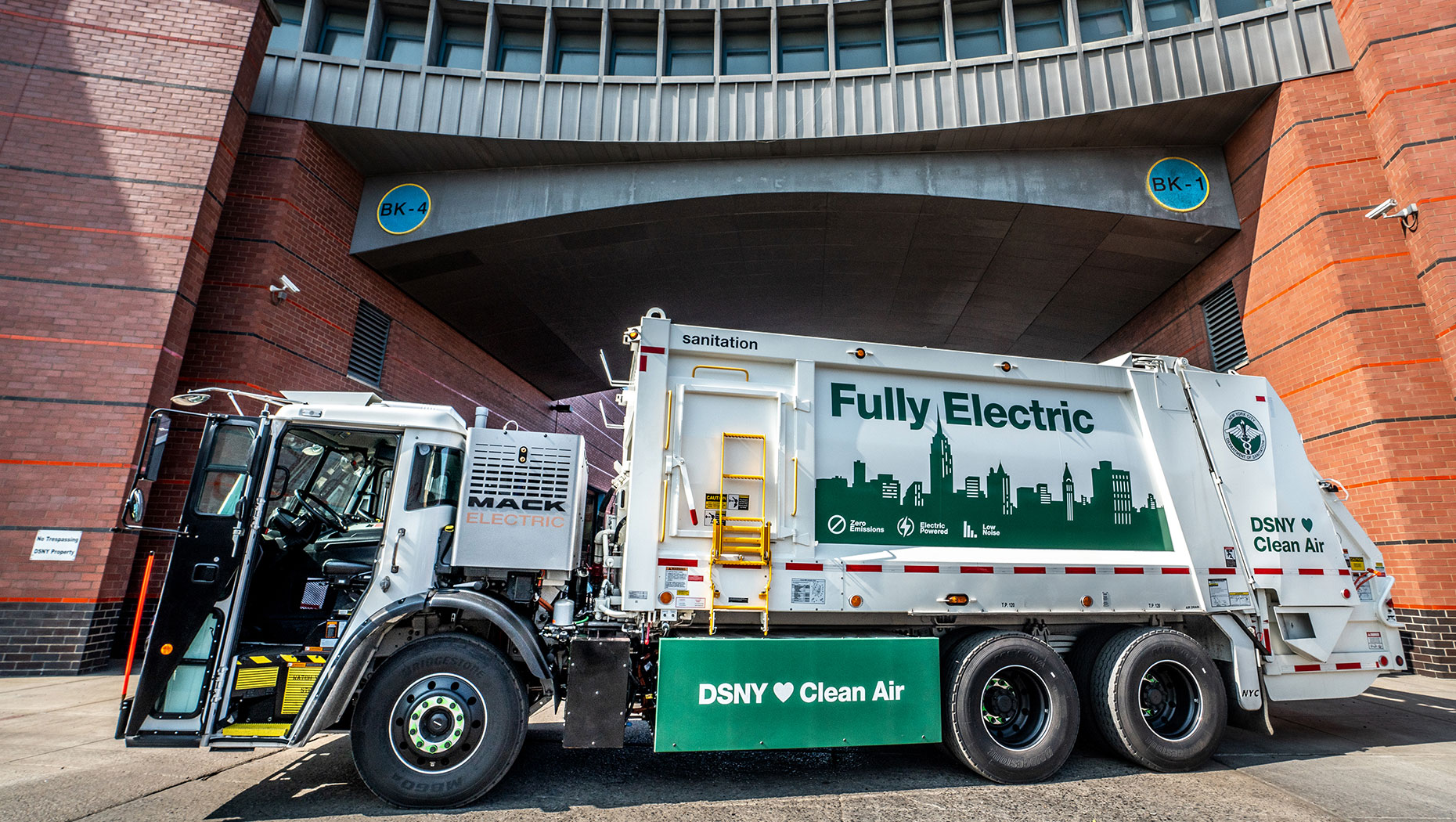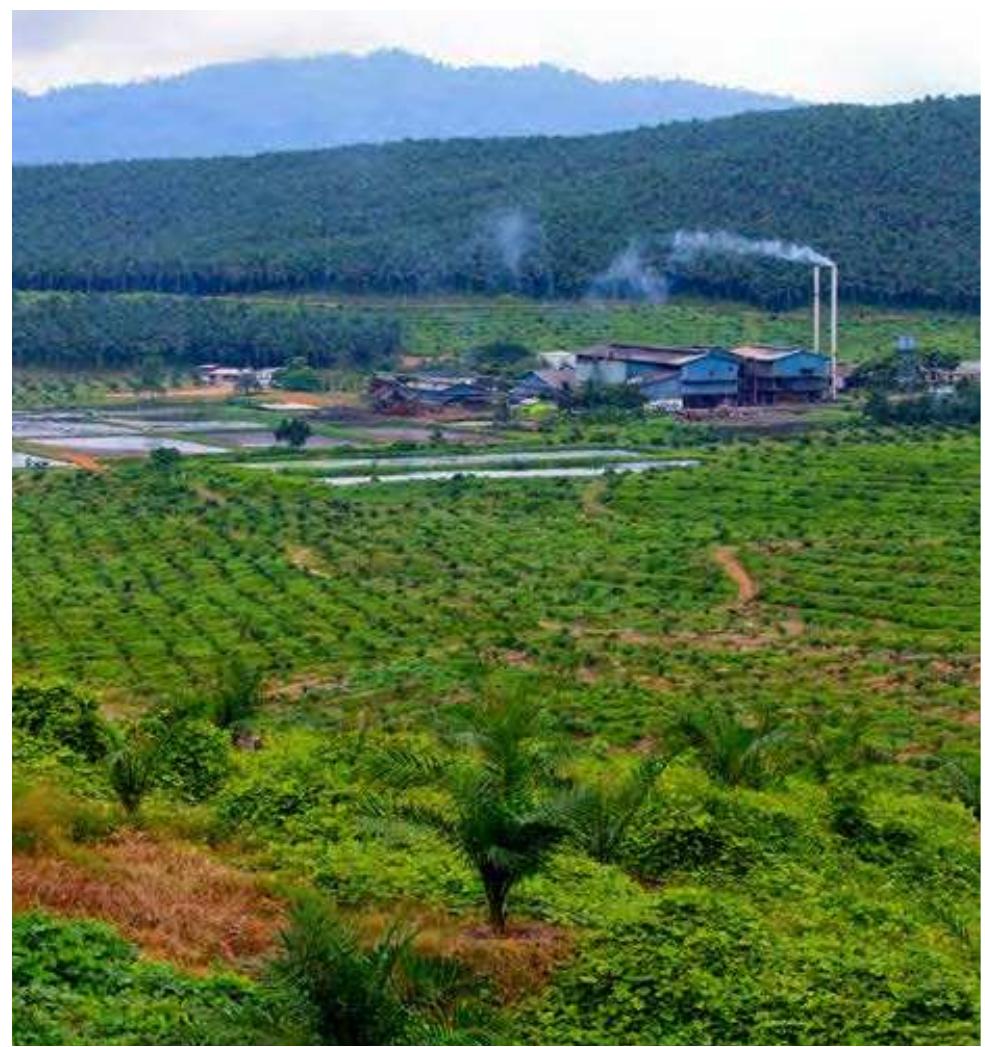Report on Recent Environmental and Energy Policy Developments and Their Impact on Sustainable Development Goals
Executive Summary
Recent policy decisions and institutional developments present significant challenges to the advancement of the United Nations Sustainable Development Goals (SDGs), particularly those concerning climate action, clean energy, and public health. Key events include executive proclamations providing regulatory relief to high-polluting industries, the suspension of a major renewable energy project, and a projected increase in military-related emissions. These actions conflict directly with SDG 7 (Affordable and Clean Energy), SDG 13 (Climate Action), and SDG 3 (Good Health and Well-being). Concurrently, a significant corporate investment in carbon removal technology highlights private sector efforts toward SDG 9 (Industry, Innovation, and Infrastructure), though systemic challenges remain.
Regulatory Changes Impacting Climate, Health, and Industry
Deregulation of High-Emission Sectors
The administration has issued proclamations granting two-year exemptions from current environmental regulations to several industries. These actions revert compliance standards to less stringent, pre-existing EPA rules.
- Coal-Fired Power Plants: Exempted based on arguments of preventing job losses and ensuring grid stability, directly impacting progress on clean energy.
- Taconite Iron Ore Processing Facilities: Exempted to secure domestic steel production for defense and manufacturing.
- Other Industries: Exemptions also apply to chemical manufacturers involved in semiconductor production and medical device sterilizers.
Conflicts with Sustainable Development Goals
These regulatory rollbacks create direct conflicts with multiple SDGs:
- SDG 3 (Good Health and Well-being): Increased emissions from coal plants (linked to thousands of deaths annually) and taconite facilities (producers of harmful acid gases and mercury) pose a direct threat to public health.
- SDG 8 (Decent Work and Economic Growth): While justified on economic grounds, the policy prioritizes traditional industries over the development of a sustainable economy and green jobs.
- SDG 13 (Climate Action): Allowing increased pollution from fossil fuels is a significant setback for national and global climate targets.
- SDG 15 (Life on Land): Pollutants such as mercury and acid gases from these facilities cause damage to terrestrial and aquatic ecosystems.
Setbacks for Renewable Energy and Climate Finance
Suspension of Clean Energy Infrastructure
New York State has halted a major offshore wind transmission project, which was designed to deliver over 4,770 megawatts of clean power. The decision was attributed to perceived federal obstacles to offshore wind development, undermining state-level ambitions to achieve SDG 7 (Affordable and Clean Energy).
Challenges to State-Level Climate Action
The EPA has issued a preliminary decision to block Colorado’s plan to close its remaining coal-fired power plants by 2031. The agency’s rationale is that the Clean Air Act does not grant authority to force plant closures. This action limits the ability of states to pursue independent strategies aligned with SDG 13 (Climate Action).
Reduction in International Climate Support
A $9 billion rescissions package passed by the House includes cuts to international climate, energy, and environmental programs. This reduction in funding directly weakens SDG 17 (Partnerships for the Goals) by diminishing support for global climate initiatives.
Institutional Emissions and Governance
Department of Defense Emissions Growth
A new analysis indicates the Pentagon’s 2026 budget will increase its greenhouse gas emissions by an additional 26 megatons. This growth undermines SDG 12 (Responsible Consumption and Production) and SDG 13 (Climate Action), as the U.S. military is already the world’s largest institutional polluter.
Restructuring of the Environmental Protection Agency
The EPA is undergoing further reorganization, including staff buyouts in key divisions such as the Office of Enforcement and Compliance Assurance and the Office of Land and Emergency Management. These changes raise concerns about the capacity of institutions central to environmental protection, a key component of SDG 16 (Peace, Justice, and Strong Institutions).
Corporate Innovation in Climate Technology
Microsoft’s Carbon Removal Initiative
Microsoft has signed a significant agreement to purchase 4.9 million metric tons of carbon dioxide removal from Vaulted Deep, a startup that sequesters organic waste underground. This deal represents a major private-sector investment in climate solutions.
- Alignment with SDG 9 (Industry, Innovation, and Infrastructure): The partnership demonstrates innovation in climate technology and infrastructure for carbon management.
- Contribution to SDG 13 (Climate Action): The initiative supports the goal of removing atmospheric carbon, although it occurs as Microsoft’s own emissions have risen due to data center expansion.
Analysis of Sustainable Development Goals in the Article
1. Which SDGs are addressed or connected to the issues highlighted in the article?
-
SDG 3: Good Health and Well-being
The article directly connects industrial pollution to negative health outcomes. It mentions that pollutants from coal power plants cause thousands of deaths annually and that emissions from taconite iron ore processing facilities are linked to “numerous adverse health effects.”
-
SDG 7: Affordable and Clean Energy
This goal is central to the article, which discusses setbacks for clean energy, such as the halting of a major offshore wind transmission project in New York. It also covers the continued reliance on and regulatory support for fossil fuels, specifically coal-fired power plants, contrasting with the goal’s aim to increase the share of renewable energy.
-
SDG 8: Decent Work and Economic Growth
The article highlights the tension between environmental regulations and economic concerns. The justification for bypassing emissions rules for coal and taconite industries is to prevent shutdowns and the elimination of “thousands of jobs,” linking directly to economic growth and employment.
-
SDG 9: Industry, Innovation, and Infrastructure
This SDG is relevant through discussions on industrial processes, infrastructure projects, and technological innovation. The regulatory exemptions for polluting industries (coal, taconite) go against the goal of making industries sustainable. Conversely, the article mentions Microsoft’s deal with Vaulted Deep, a startup using innovative technology for carbon removal, and the canceled offshore wind transmission infrastructure project.
-
SDG 12: Responsible Consumption and Production
The article touches on this goal by discussing the management of industrial pollution and waste. The decision to allow industries to bypass emissions regulations is a direct setback for the environmentally sound management of chemicals and wastes. The carbon removal deal involving the injection of organic waste underground represents an innovative approach to waste management.
-
SDG 13: Climate Action
Climate Action is a primary theme. The article details actions that undermine climate goals, such as increased emissions from the Pentagon’s budget, regulatory rollbacks for coal plants, cuts to international climate funds, and the cancellation of renewable energy projects. It also covers a positive climate action through Microsoft’s large-scale carbon removal purchase.
-
SDG 16: Peace, Justice and Strong Institutions
The role and effectiveness of institutions are questioned. The article describes the restructuring and downsizing of the Environmental Protection Agency (EPA), an institution critical for environmental governance. Furthermore, the EPA’s decision to block a state’s plan to close coal plants and the overall justification for regulatory rollbacks highlight challenges in developing effective and accountable institutions for environmental protection.
-
SDG 17: Partnerships for the Goals
This goal is implicated through the discussion of policy coherence. The conflict between federal actions (stymying offshore wind) and state-level ambitions (New York’s renewable energy goals) demonstrates a lack of policy coherence for sustainable development. Additionally, cuts to international climate programs like the Clean Technology Fund undermine global partnerships for climate action.
2. What specific targets under those SDGs can be identified based on the article’s content?
-
Target 3.9: Substantially reduce deaths and illnesses from pollution
The article directly relates to this target by citing research that finds “nearly 3,000 attributable deaths per year” from air pollutants related to coal power plants and mentioning that taconite processing produces harmful gases linked to “numerous adverse health effects.” The regulatory rollbacks work against achieving this target.
-
Target 7.2: Increase substantially the share of renewable energy
This target is addressed by the news of New York halting a major transmission project that would have delivered “4,770 megawatts of offshore wind power.” This action represents a significant setback for increasing the share of renewable energy in the energy mix.
-
Target 7.a: Promote investment in energy infrastructure and clean energy technology
The cancellation of the “multibillion-dollar project” for offshore wind transmission in New York due to federal obstacles is a direct failure to promote investment in clean energy infrastructure. Furthermore, the rescissions package cutting funds for programs like the “Clean Technology Fund” also undermines this target.
-
Target 9.4: Upgrade infrastructure and retrofit industries to make them sustainable
The proclamations allowing coal and taconite industries to bypass modern emissions standards are in direct opposition to this target. Instead of retrofitting to become more sustainable, these industries are permitted to adhere to older, less stringent standards.
-
Target 12.4: Environmentally sound management of chemicals and all wastes
The exemptions granted to chemical manufacturers, coal plants, and taconite facilities from current emissions rules undermine the achievement of this target, as it allows for greater release of pollutants like “hydrogen chloride and hydrogen fluoride, as well as mercury.”
-
Target 13.2: Integrate climate change measures into national policies
The article provides multiple examples of climate change measures being removed from national policy. These include the regulatory rollbacks for polluting industries, the EPA blocking Colorado’s plan to close coal plants, and the approval of a Pentagon budget that will significantly increase emissions.
-
Target 16.6: Develop effective, accountable and transparent institutions
The article discusses the “reorganization and downsizing” of the EPA, including its Office of Enforcement and Compliance Assurance. This action, coupled with the EPA’s decision to reject a state’s environmental plan, raises questions about the institution’s effectiveness in addressing pollution and ensuring compliance with regulations.
3. Are there any indicators mentioned or implied in the article that can be used to measure progress towards the identified targets?
-
Mortality rate from air pollution (Indicator 3.9.1)
The article provides a specific metric: “nearly 3,000 attributable deaths per year” caused by air pollutants from coal power plants. This figure serves as a direct indicator of the health impact of air pollution.
-
Renewable energy share in the total final energy consumption (related to Indicator 7.2.1)
The article quantifies the scale of the canceled renewable energy project: “4,770 megawatts of offshore wind power.” This number represents a specific amount of renewable energy capacity that will not be added, serving as an indicator of a setback in progress.
-
Total greenhouse gas emissions (related to Indicator 13.2.2)
Several quantitative indicators for emissions are mentioned:
- The Pentagon’s budget will enable an additional “26 megatons” of planet-warming emissions.
- Microsoft’s deal to purchase “4.9 million metric tons of durable carbon dioxide removal.”
These figures can be used to track changes in GHG emissions and removal efforts.
-
Amount of financial resources provided to developing countries for climate action (related to Indicator 13.a.1)
The article mentions a “$9 billion rescissions package” that includes cuts to “international climate, energy, and environmental programs like the Clean Technology Fund.” This dollar amount is an indicator of reduced financial support for global climate initiatives.
4. SDGs, Targets, and Indicators Summary
| SDGs | Targets | Indicators |
|---|---|---|
| SDG 3: Good Health and Well-being | 3.9: By 2030, substantially reduce the number of deaths and illnesses from hazardous chemicals and air, water and soil pollution and contamination. | “nearly 3,000 attributable deaths per year” from coal power plant pollution. |
| SDG 7: Affordable and Clean Energy | 7.2: By 2030, increase substantially the share of renewable energy in the global energy mix. | Canceled project would have delivered “4,770 megawatts of offshore wind power.” |
| SDG 8: Decent Work and Economic Growth | 8.4: Improve progressively, through 2030, global resource efficiency in consumption and production and endeavour to decouple economic growth from environmental degradation. | Justification for regulatory bypass is to avoid “eliminating thousands of jobs.” |
| SDG 9: Industry, Innovation, and Infrastructure | 9.4: By 2030, upgrade infrastructure and retrofit industries to make them sustainable. | Exemptions for coal and taconite industries from current emissions rules, preventing upgrades. |
| SDG 12: Responsible Consumption and Production | 12.4: By 2020, achieve the environmentally sound management of chemicals and all wastes throughout their life cycle. | Taconite facilities produce harmful acid gases like “hydrogen chloride and hydrogen fluoride, as well as mercury.” |
| SDG 13: Climate Action | 13.2: Integrate climate change measures into national policies, strategies and planning. | Pentagon budget to add “26 megatons” of emissions; Microsoft to purchase “4.9 million metric tons” of carbon removal; “$9 billion rescissions package” cutting climate funds. |
| SDG 16: Peace, Justice and Strong Institutions | 16.6: Develop effective, accountable and transparent institutions at all levels. | EPA “reorganization and downsizing” of key offices like Enforcement and Compliance Assurance. |
| SDG 17: Partnerships for the Goals | 17.14: Enhance policy coherence for sustainable development. | Conflict between federal actions (“stymying” offshore wind) and state climate goals (NY’s wind project, Colorado’s coal closure plan). |
Source: heatmap.news







